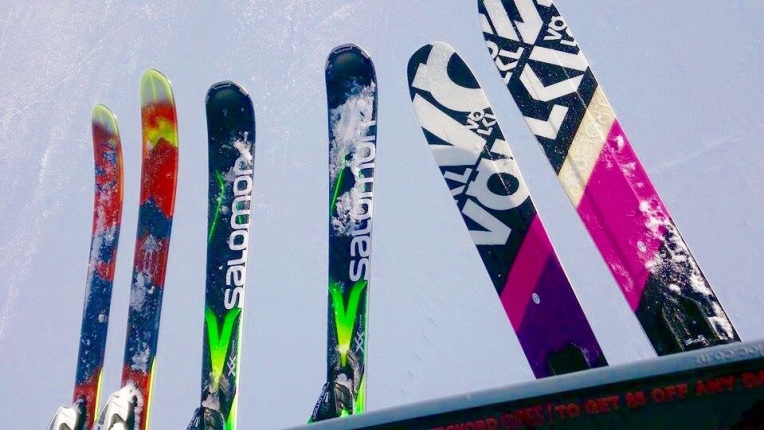
While the summer continues in the UK, here in Wanaka it’s been a chilly -20 windchill factor at the top of the hill. The cold is keeping the snow dry, and despite big school holiday crowds, rumour has it that it’s been the best start to the winter season for years.
New Zealand just so happens to be one season ahead of the northern hemisphere when it comes to ski industry gear, and so, over the past few weeks, some work mates and I have been able to demo the planks that are heading their way to Europe later this year. Skis from Atomic, K2, Salomon, Volkl and Blizzard, to name a few biggies, have been on offer. For this season, there’s a continuous trend towards lightweight skis that don’t compromise on stability or overall performance, especially in the freeride category. So, after much chairlift debate, below are some of our top picks.
CATEGORIES
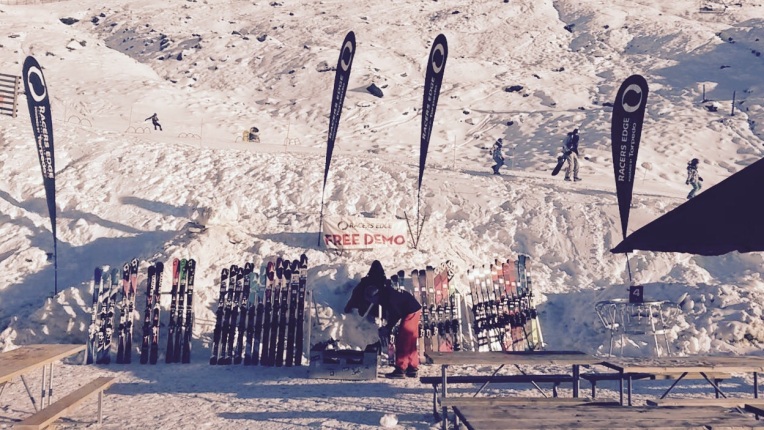
All-mountain frontside skis
A ski with piste DNA but has developed to be wider underfoot than a pure piste ski, in order to perform in some playful skiing off the groomers as well. This ski is designed for the piste as the priority, carves gloriously and prefers shorter radius turns.
All-mountain backside skis
A ski that is designed to go everywhere – the one-ski quiver. It prefers bigger radius turns due to a wider underfoot width. The perfect carving turn is not the priority here, but this ski is able to handle a much bigger variety of terrain, thanks to a slightly softer flex and a wider width.
Freeride skis
A ski that is designed to ride on fresh tracks and unmarked, natural terrain. As a result, the ski is much wider, with early rise tip and tails for better flotation and less sidecut for longer radius turns.
TOP ALL-MOUNTAIN FRONTSIDE SKIS
Salomon X-Drive 8.8
If you want a responsive, powerful piste orientated ski, this is it. The 8.8 really excels carving, but also holds an impressive edge on cruddy snow and isn’t easily knocked out of a turn, where a narrower ski would be. The airtip technology ensures a nimble and quick turning feel, but they’re also incredibly stable (and quiet) whatever the speed. ‘Hugely satisfying’, according to a couple of the guys.
Dimensions: 130-88-116mm
Lengths: 165, 172, 179, 184cm
Volkl Kenja
The Kenja really stood out for me on demo day. I haven’t skied on anything like an 87mm women-specific ski for years, but these girls had me beaming. They offer a beautifully smooth, glidey ride on the piste, with a playful pop from edge to edge. They’re stable at speed, due to a slightly stiffer construction and they’ll improve your carving turns no end. The redesign from last year now also includes tip and tail rocker for stability and versatility. Great for intermediate to advanced skiers who like to rip the piste.
Dimensions: 127-90-110mm
Lengths: 149, 156, 163, 170cm
TOP ALL-MOUNTAIN BACKSIDE SKIS
Atomic Vantage 95
Atomic’s Vantage series was an overwhelming hit in the UK last season and their success will more than likely continue into 2016. The 95mm underfoot width of this ski makes for a fabulous 50/50, piste/off piste ski: perfect if you want to explore the whole hill, or if you’re looking for a solid one-ski quiver. They’re highly versatile and nimble on varied terrain and snow conditions. Despite the wider width they still put in an awesome performance on piste with clean edge to edge grip, whilst being wide enough to float happily on the fresh stuff. FYI, the men’s and women’s Vantage 95 are exactly the same ski, but have a different top sheet.
I have no doubt the 95 will be a hugely popular ski this season as it’s so versatile both in what it can do and who it will work for. All in all, a great option for seasonnaires and seasoned skiers alike.
Atomic Vantage 95 (women-specific)
Dimensions: 131-95-116.5mm
Lengths: 154, 162, 170cm
Atomic Vantage 95
Dimensions: 133-95-119.5 (178cm ski)
Lengths: 162, 170, 178, 186cm
TOP FREERIDE SKIS
Rossignol Soul 7 and Savory 7 (men’s and women’s version)
Rossignol’s S Series were marketed on release as ‘revolutionary’ for freeride skis.
In truth, the Soul 7 has become the second best selling ski, ever. It was the ski that started a new shift for freeride skis that other brands have since followed: a ski that is wider underfoot, yet incredibly short turning, and a ski that is stable, yet lightweight. This was completely new at a time when a wider underfoot width meant less sidecut and therefore wasn’t as quick and nimble to turn as other narrower skis, once it got away from fresh pow.
I bought last season’s Savory 7 in November 2014, hoping the 108mm underfoot and powder-turn rocker would work for deep powder days in Japan and that the camber and relative stiffness would work for rougher, steeper terrain in New Zealand. Along with that, I wanted a relatively long, lightweight, yet stable ski that I could tour on. These skis truly do it all, and respond beautifully to whatever terrain you throw at them. They feel stable at high speed, soak up choppy, untamed terrain but also carve beautifully. Give them wide open backcountry spaces, chutes or the steep stuff – even groomers. These guys feels safe anywhere.
The innovative honeycomb tip is here to stay, keeping them lightweight. Rossignol have also followed what’s becoming an industry trend in decreasing big underfoot widths by cutting this model by 2mm this season. As with the Vantage 95, the Soul 7 and Savory 7 are the same ski, but with different top sheets. So for tall ladies, or if you prefer the graphic design, there’s another option in the Soul 7. If you’re doing back-to-back seasons, or if you’re after a truly versatile freeride ski, the Soul/Savory 7’s won’t let you down.
Savory 7 (women-specific)
Dimensions: 136-106-126mm
Lengths: 162, 170, 178cm
Soul 7
Dimensions: 136-106-126mm
Lengths: 164, 172, 180, 188cm
Volkl 100 Eight (men’s and women’s version)
Closely behind Rossignol, Volkl have totally nailed big mountain skiing versatility with the new 100 Eight. This ski (a replacement of the legendary Gotama) just doesn’t ski like it’s 100mm+ underfoot. As freeride skis are getting lighter and turning shorter, the 100 Eight is a serious contender due to its flex, sidecut, full rocker and Volkl’s 3D Ridge technology. This one will charge hard all over the mountain, yet still feels light and playful.
The only thing different between the men’s and women’s version is the core. The laminate strips of wood are fewer in the women’s version to reduce the weight. Other than that, they offer the same performance and the same stiffness. Drop it, charge it, this one will respond brilliantly to anything. The cherry on the cake? Epic graphics (check out the picture up top!)
100 Eight (women-specific)
Dimensions: 141-108-124mm
Lengths: 157, 165, 173cm
100 Eight
Dimensions: 141-108-124mm
Lengths: 173, 181, 189cm.
So there you have it. Keep an eye out for these guys come October!
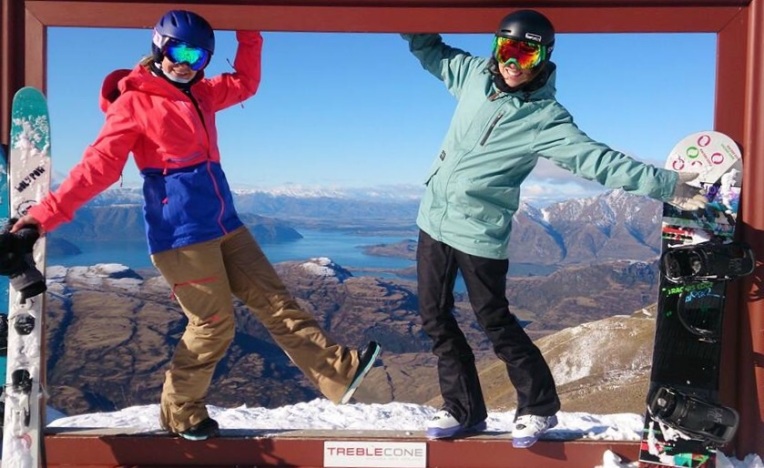
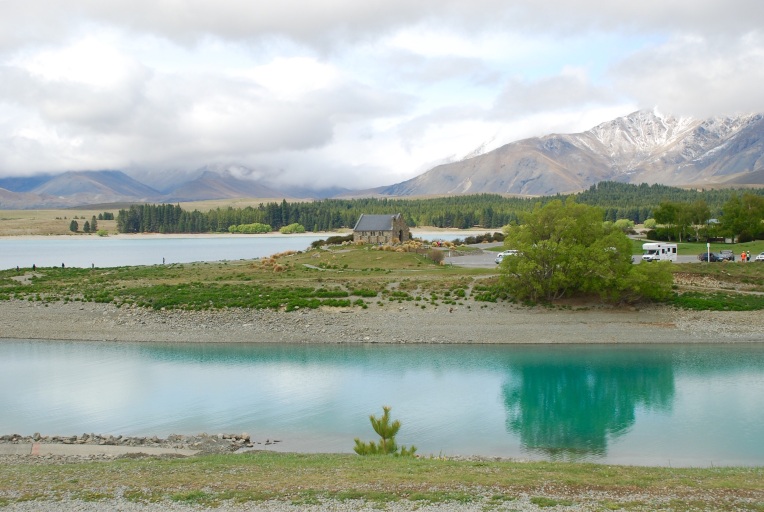
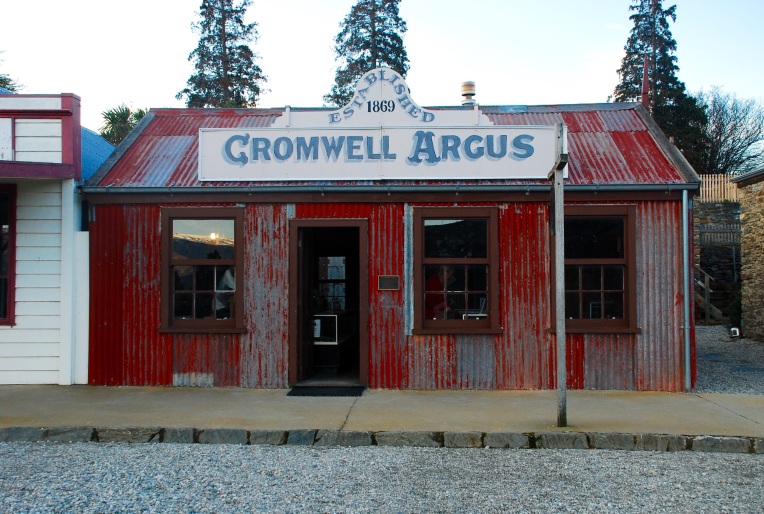
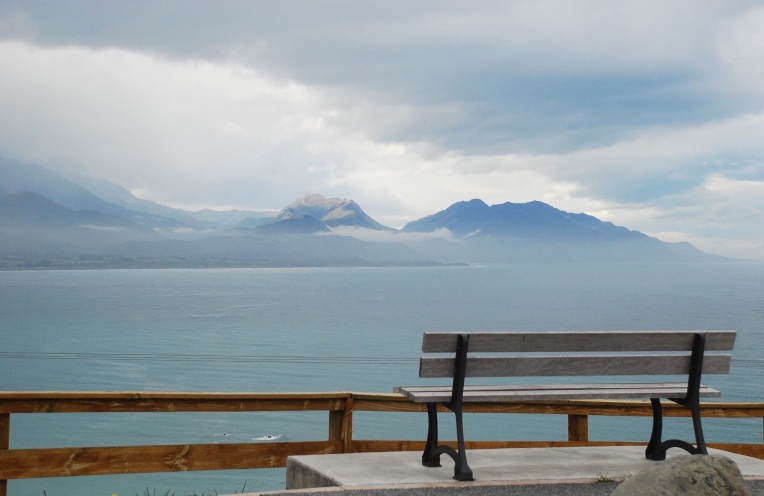
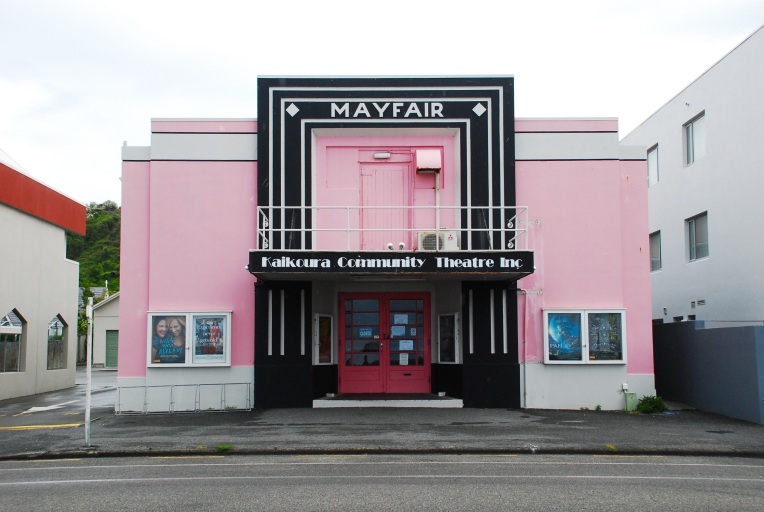
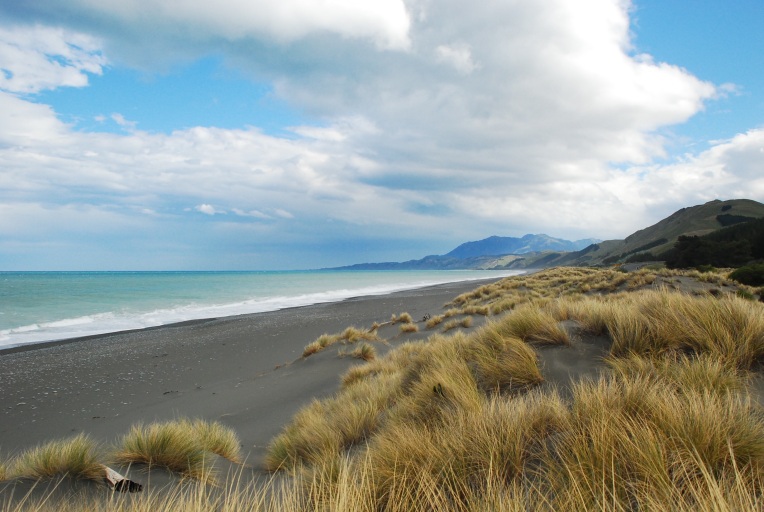
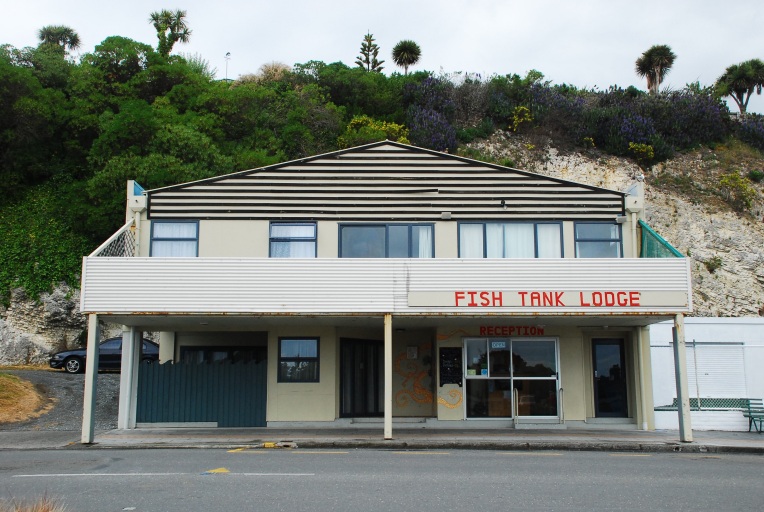
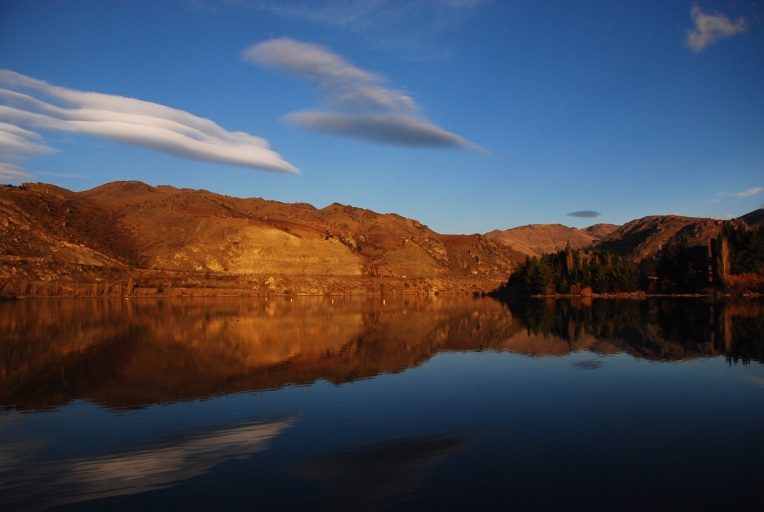
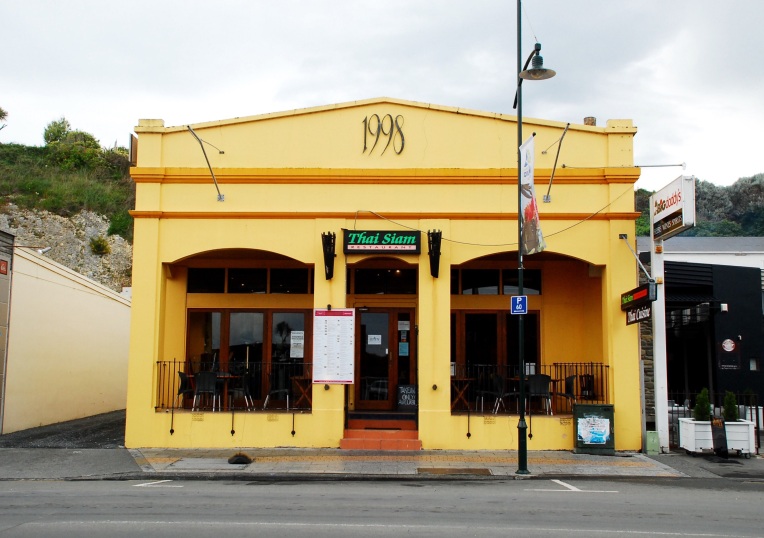
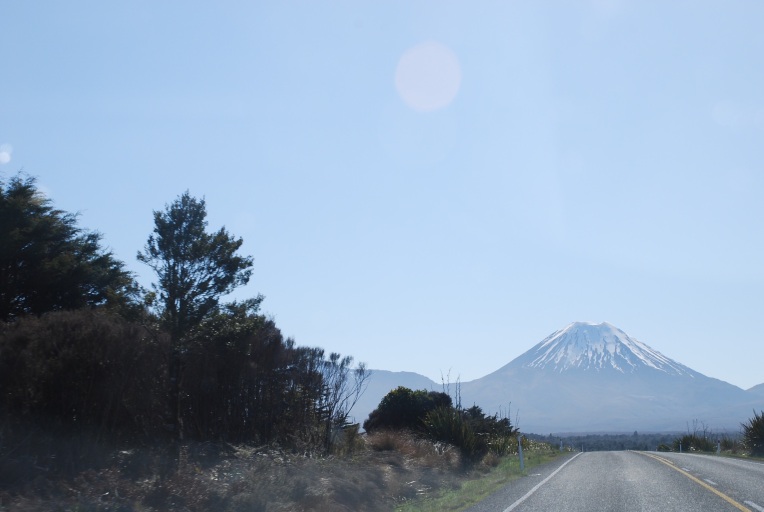
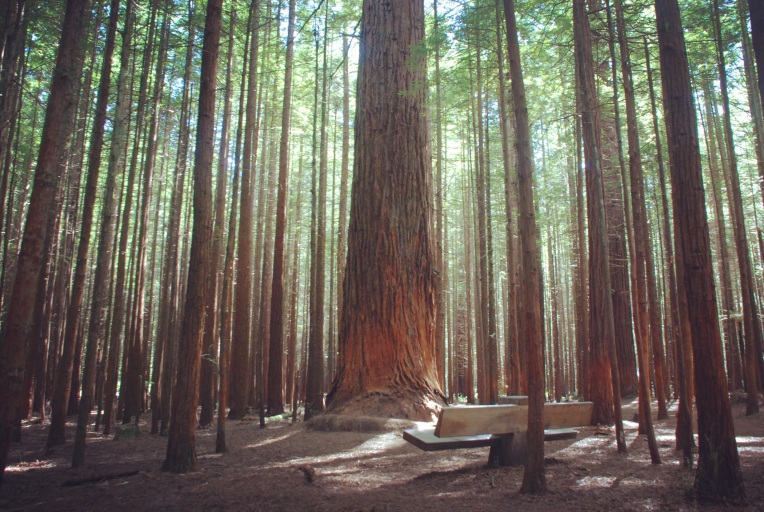
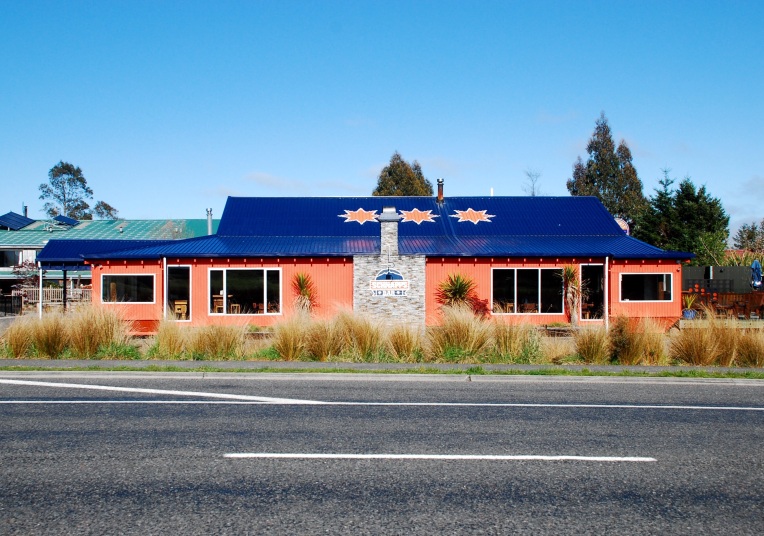
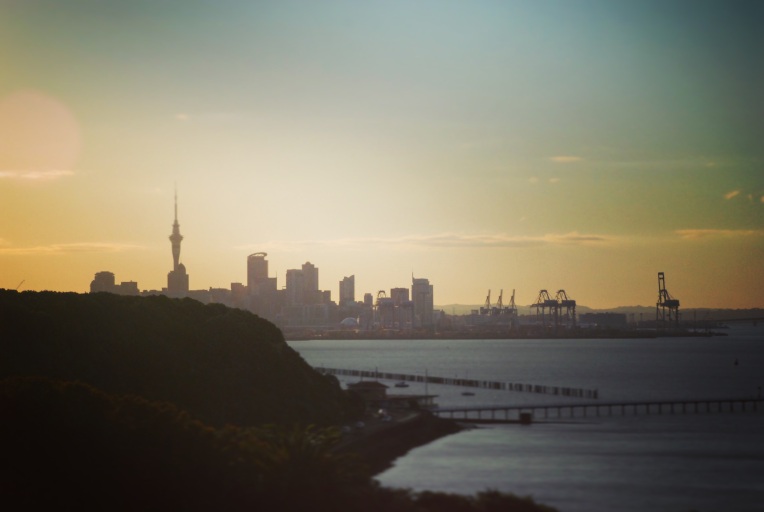

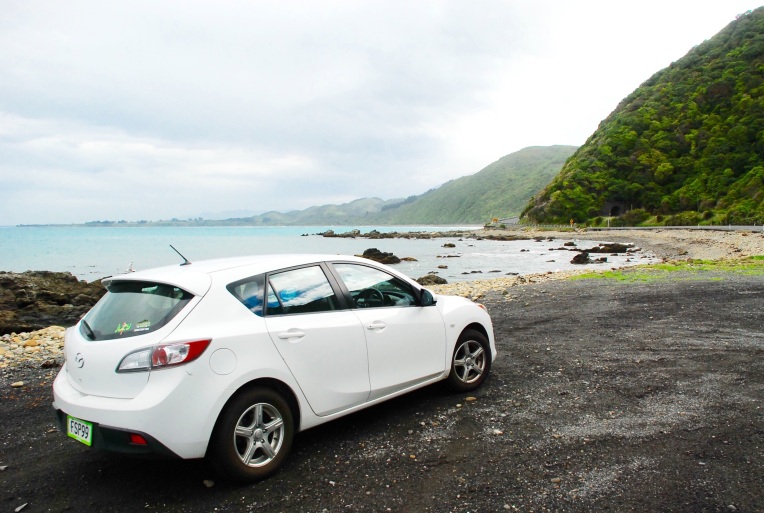
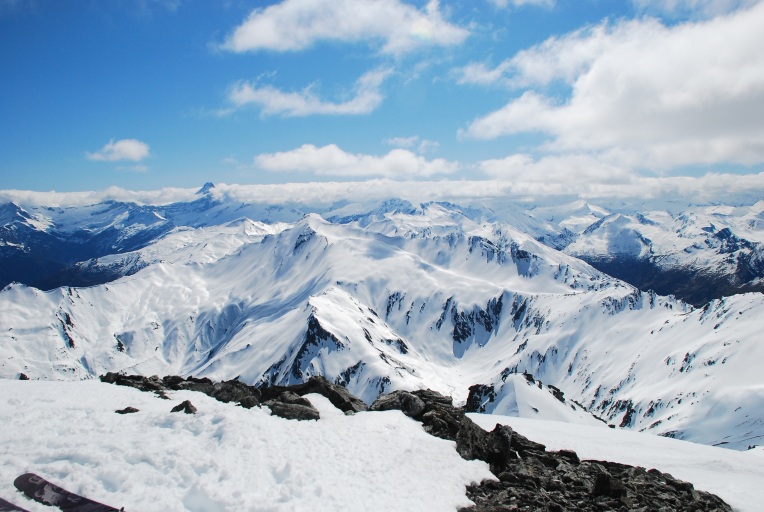
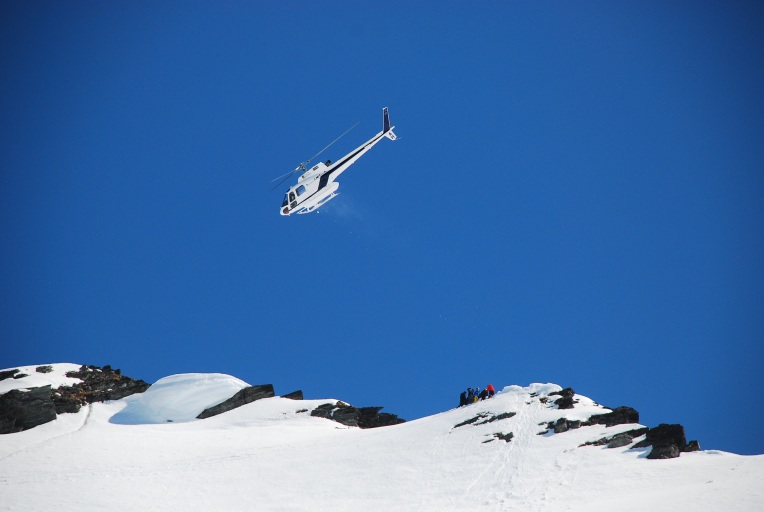
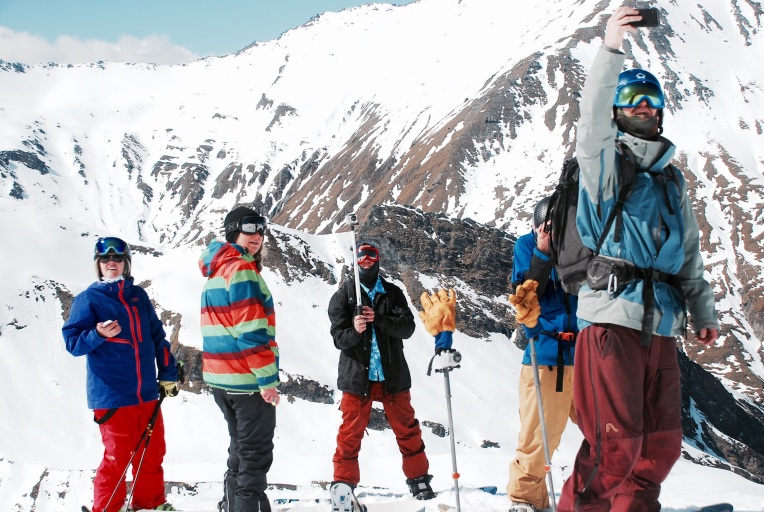
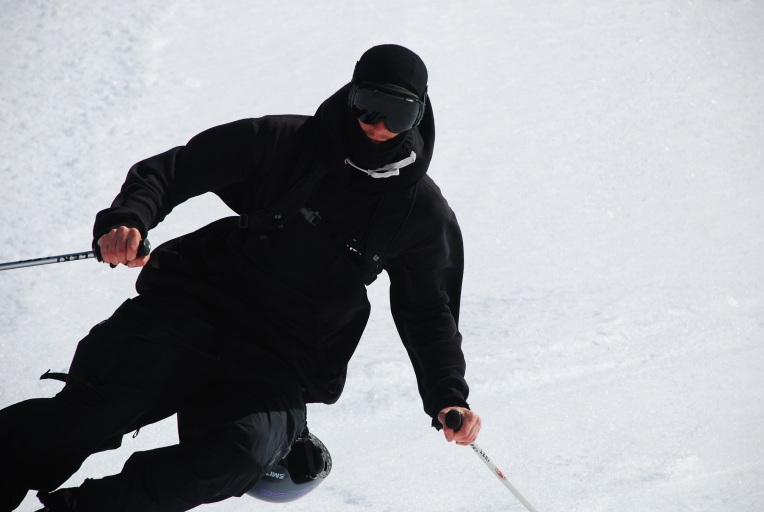
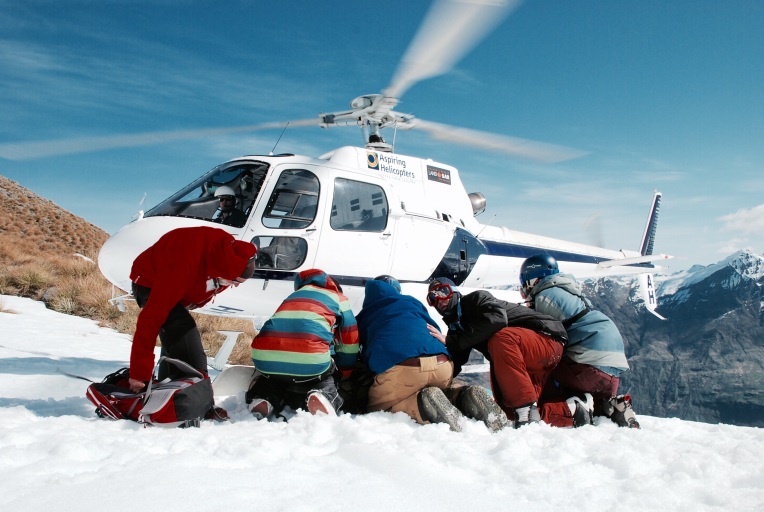
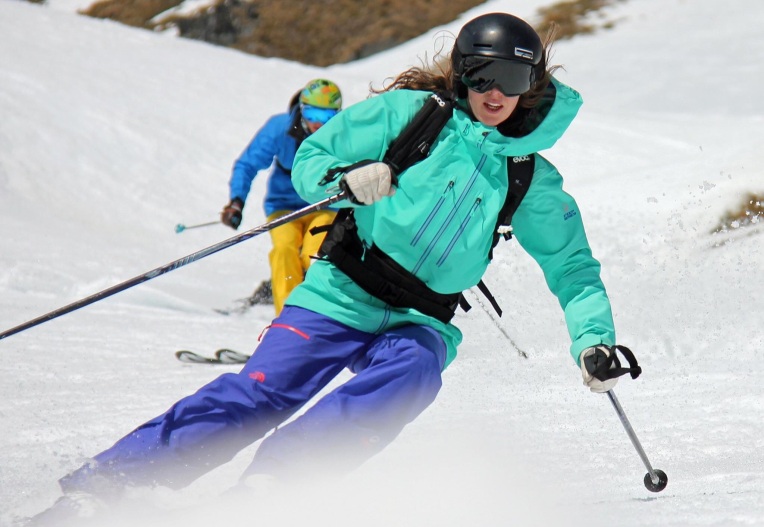
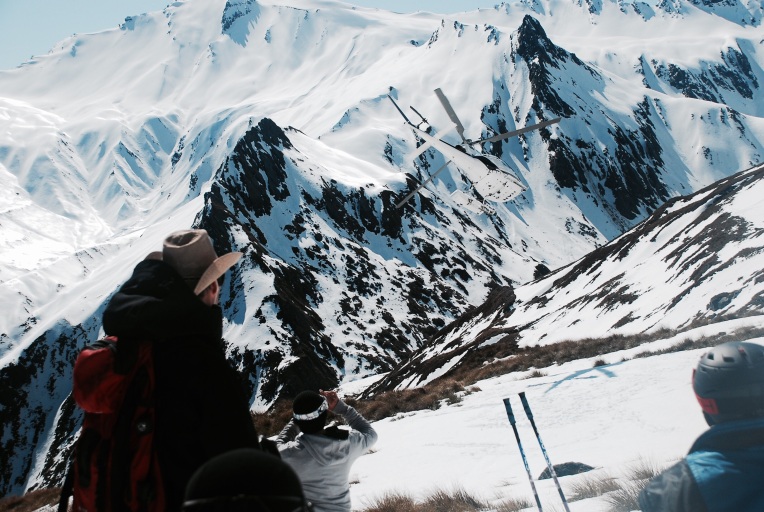
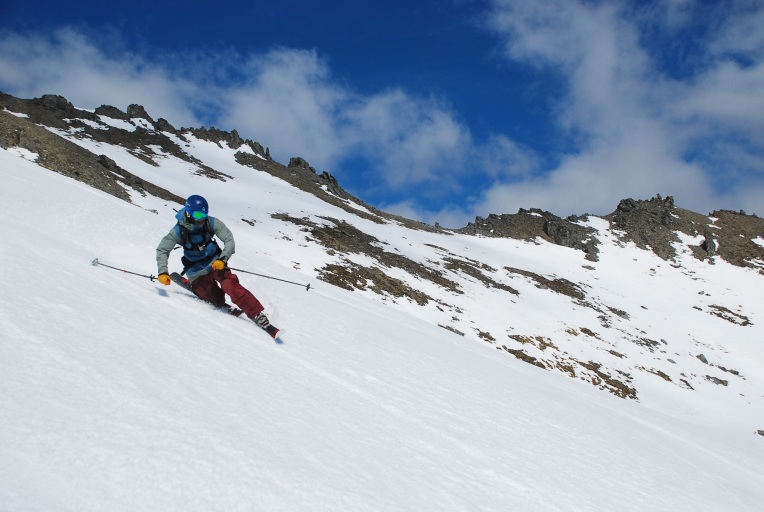
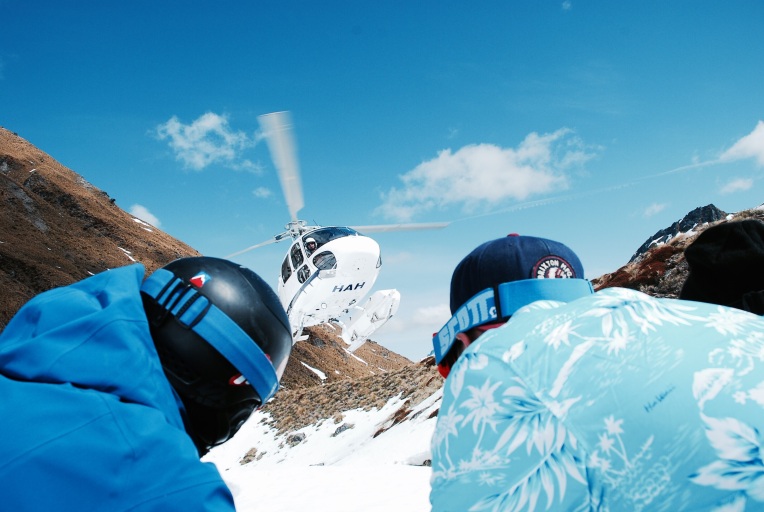
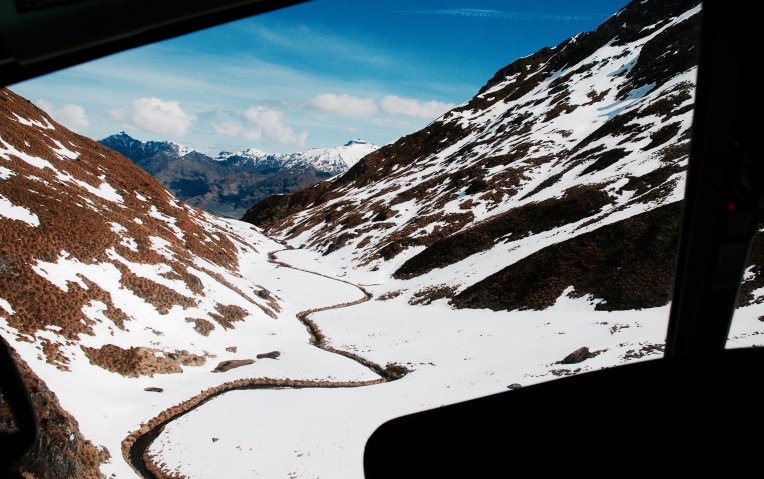


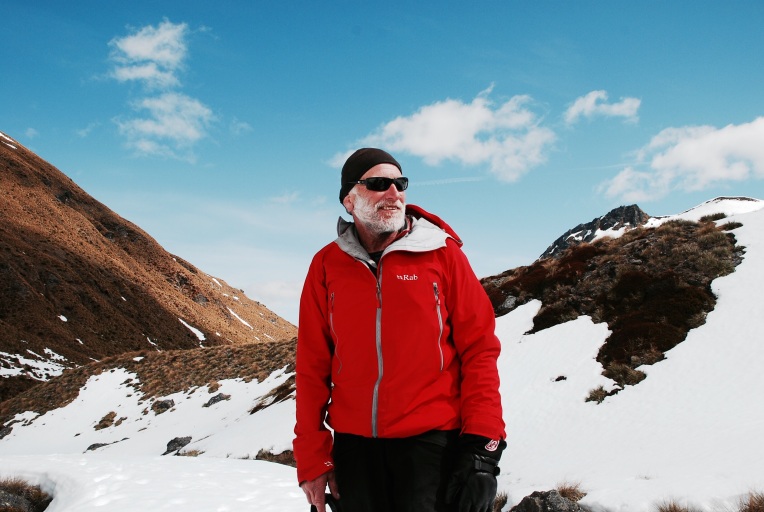
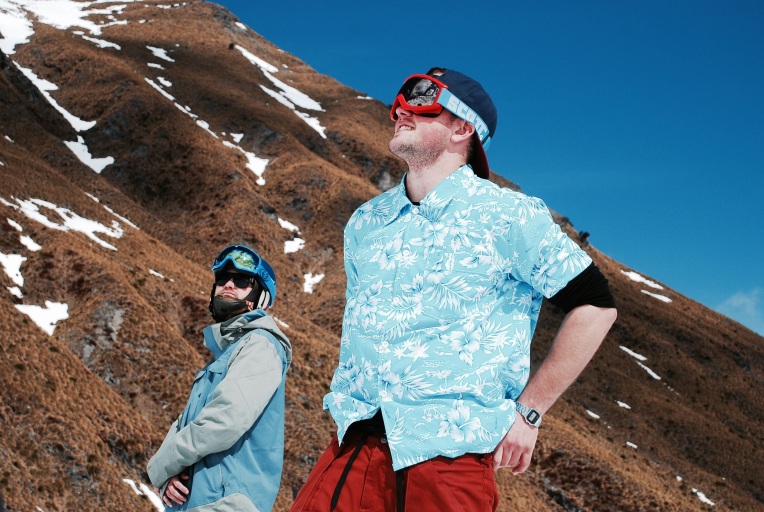

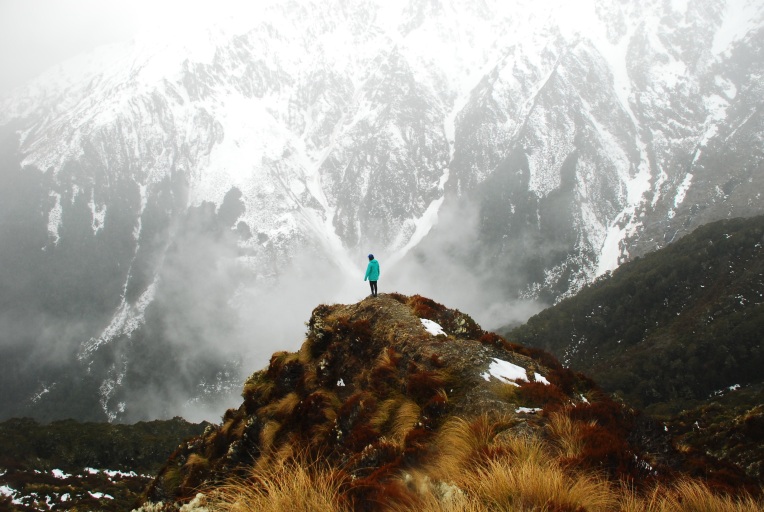
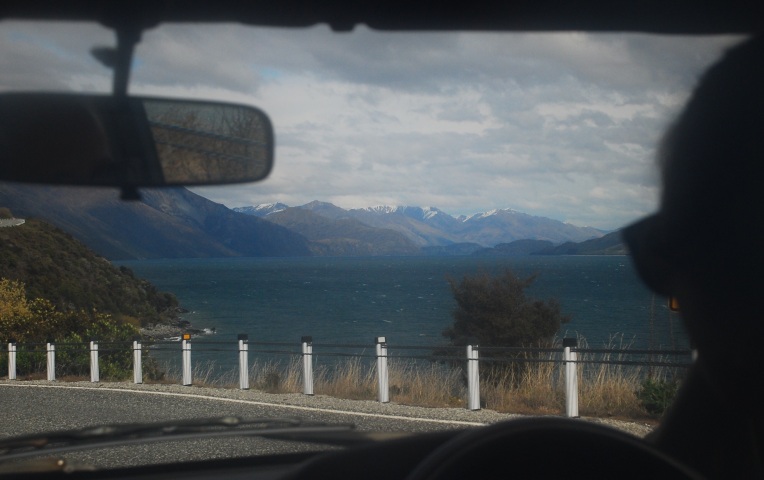
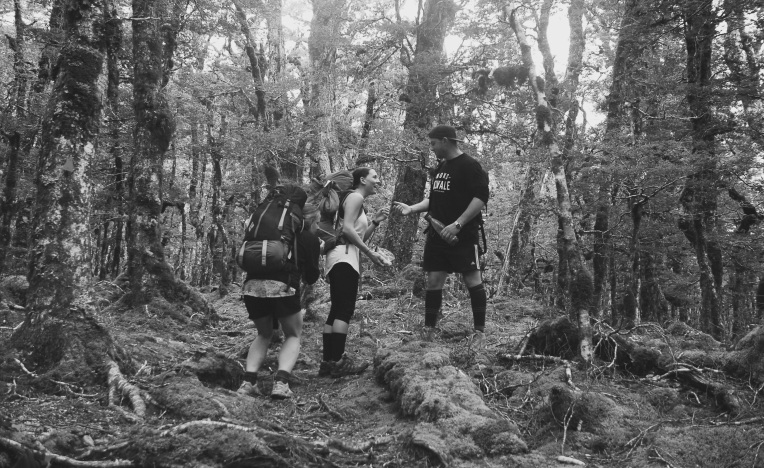

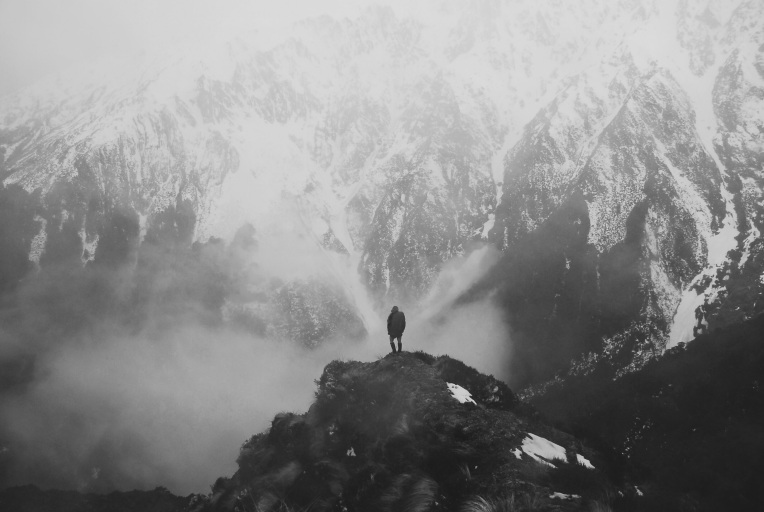
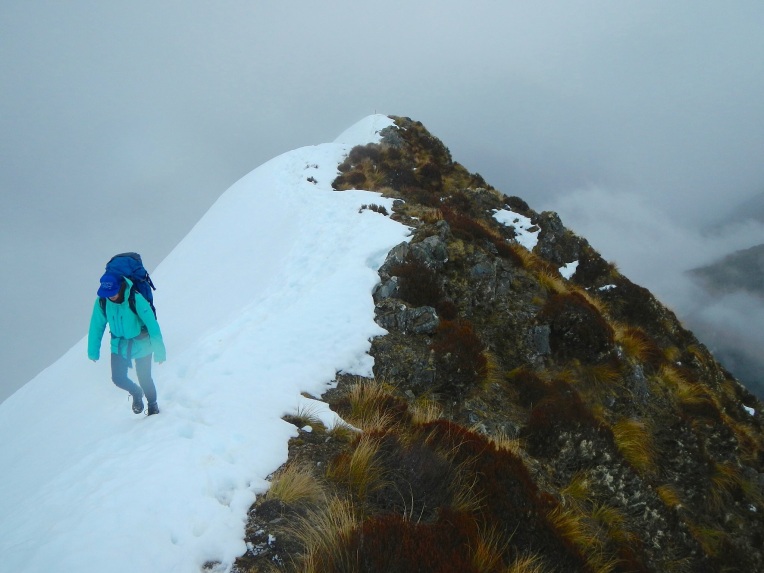

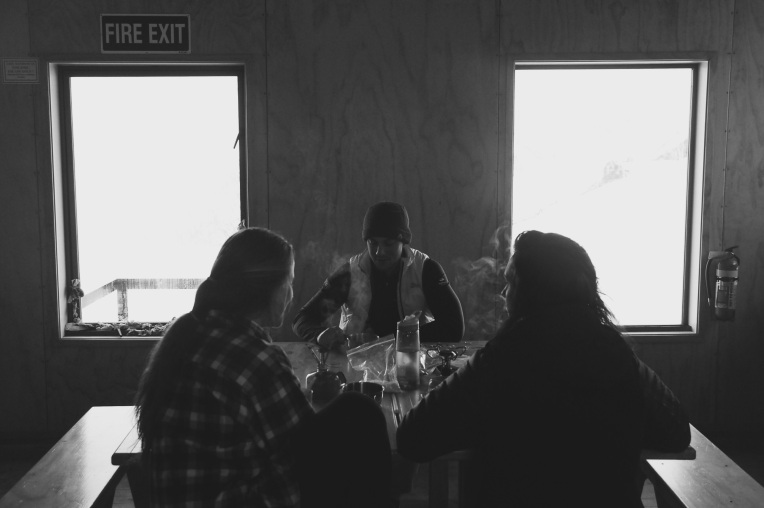
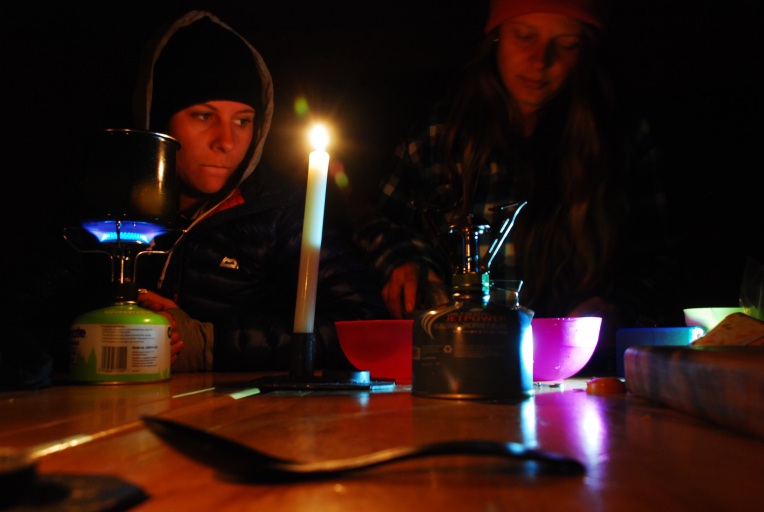
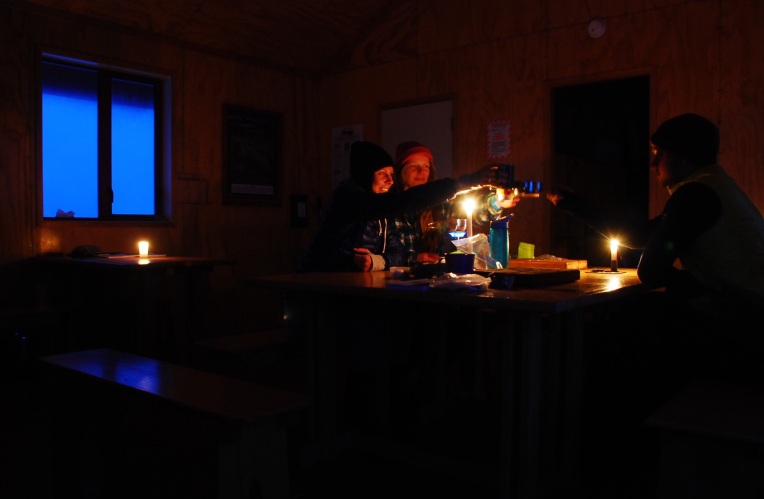

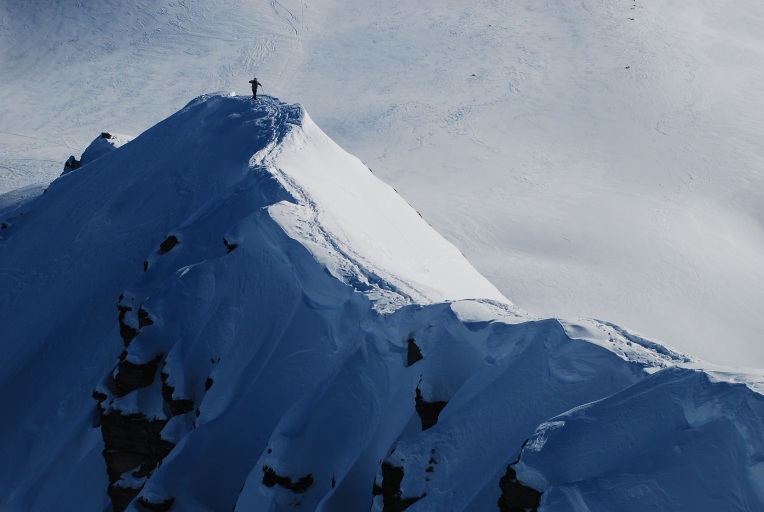
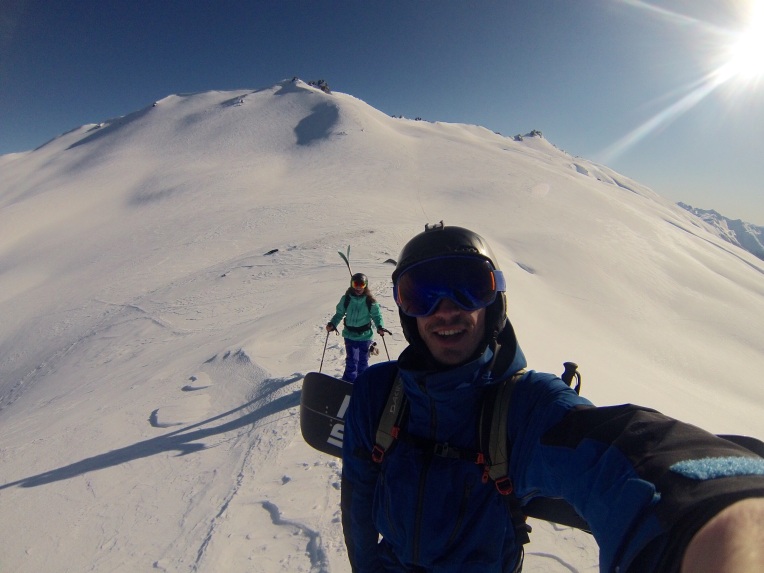
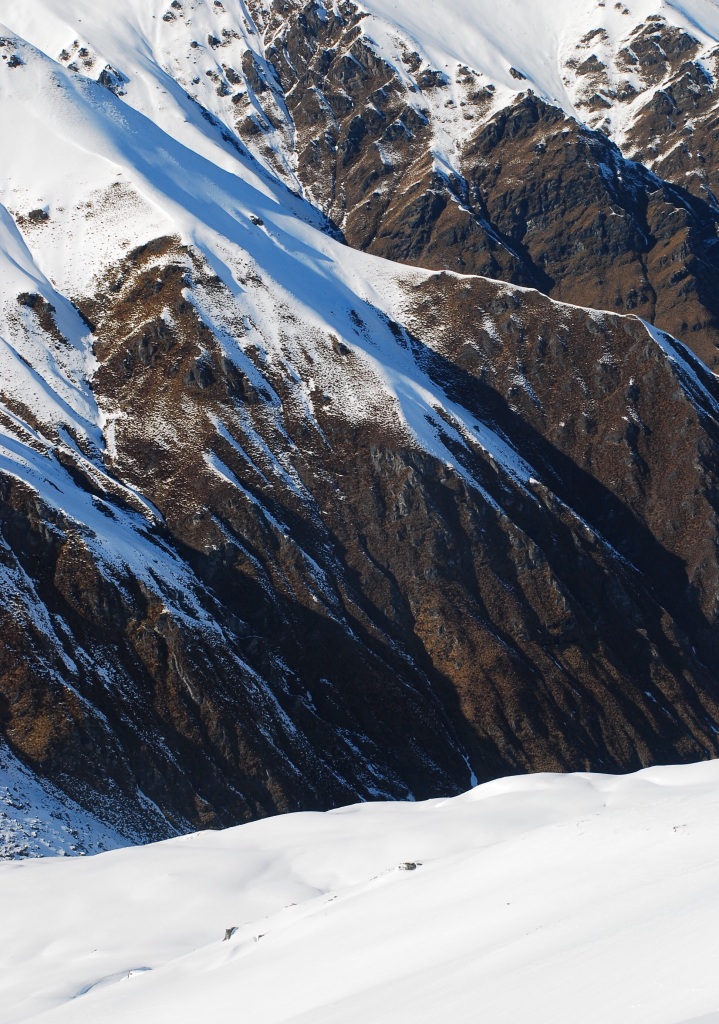
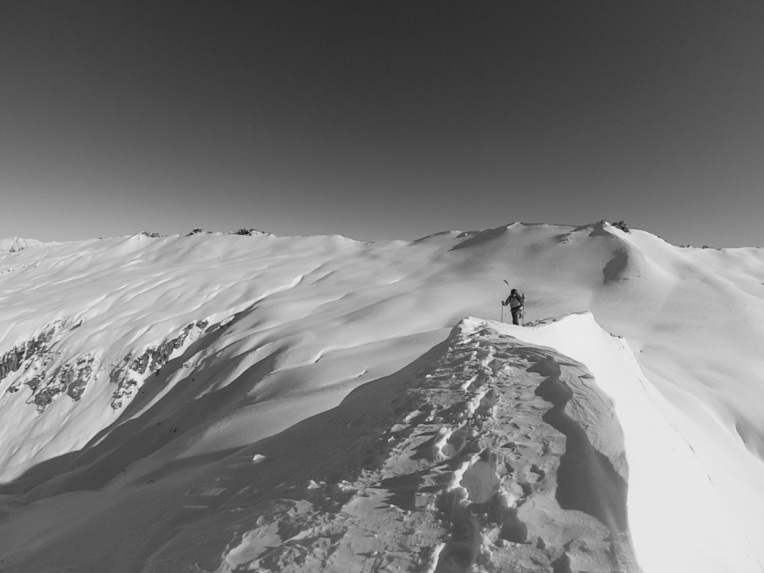
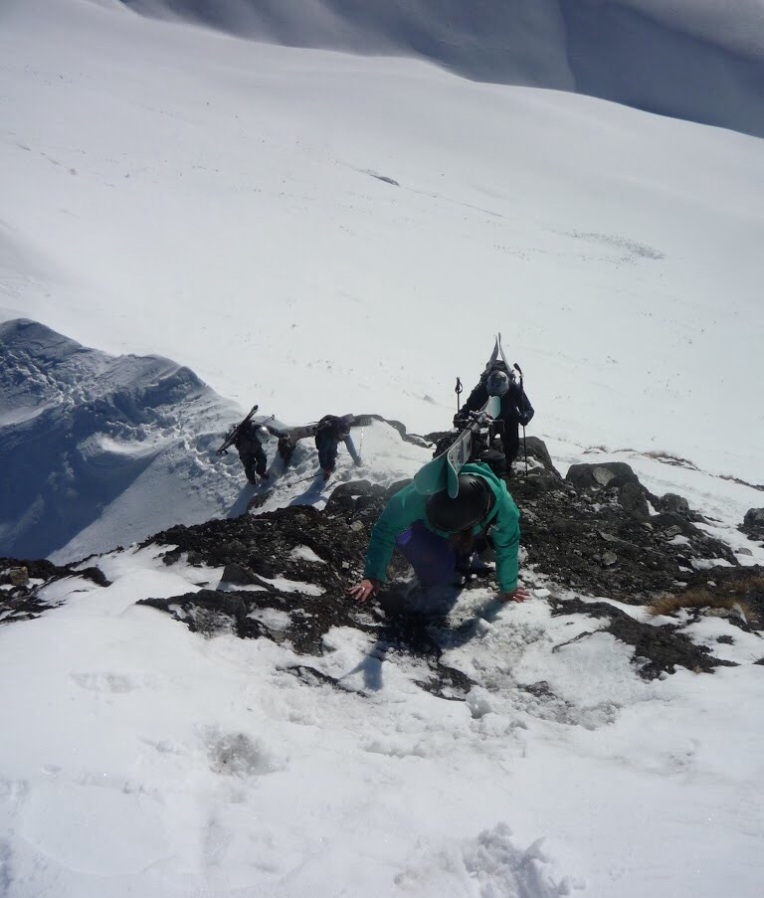
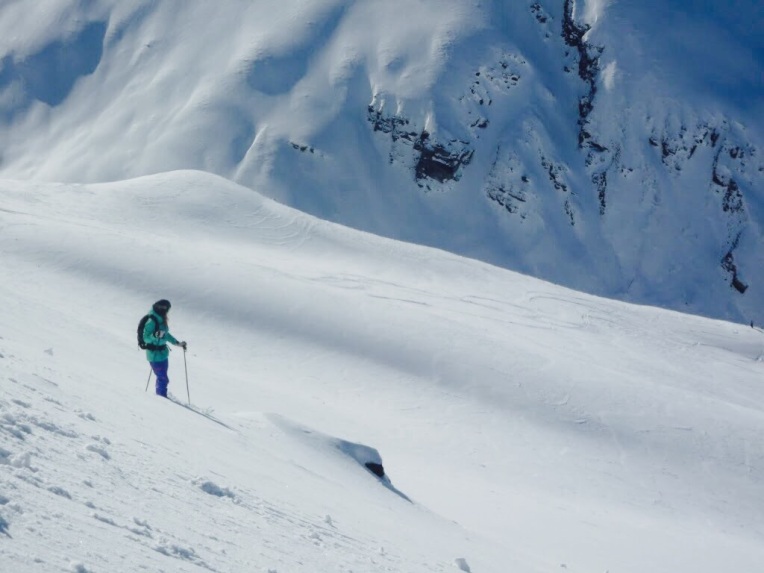
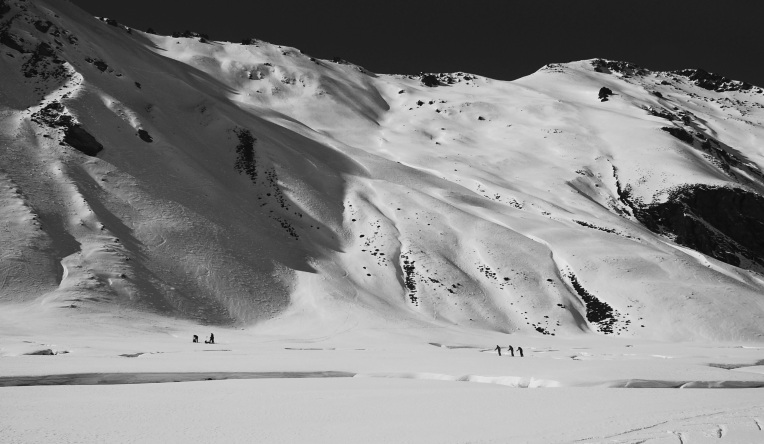
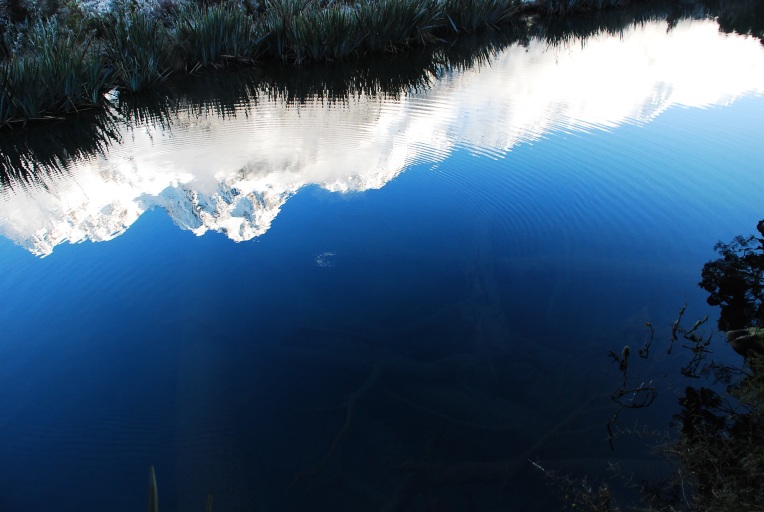
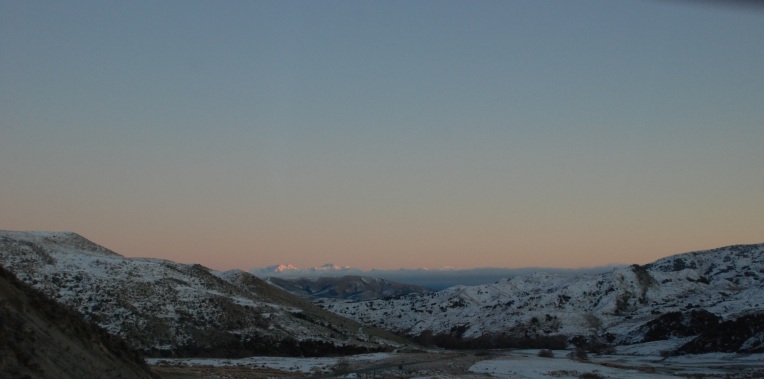

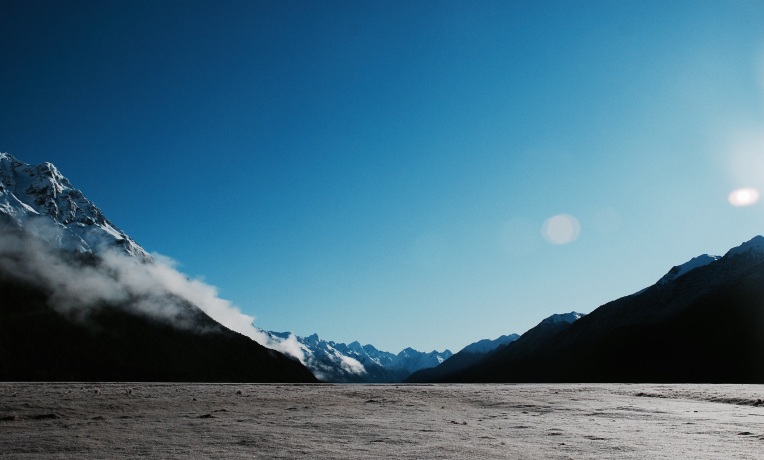

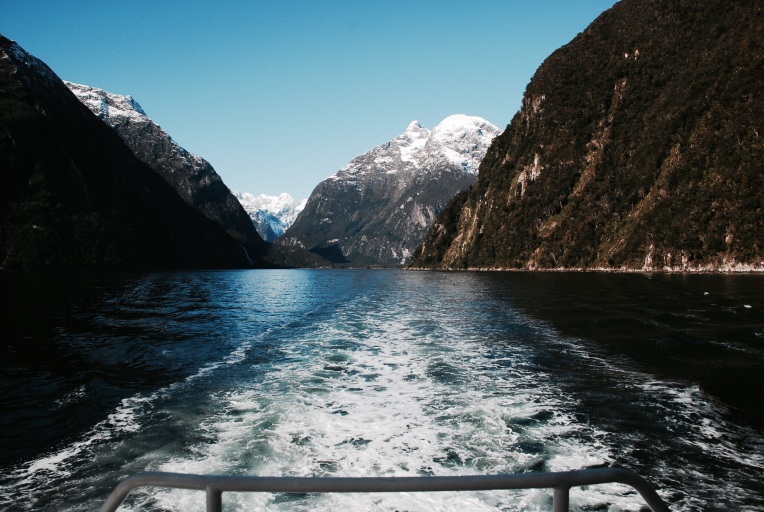
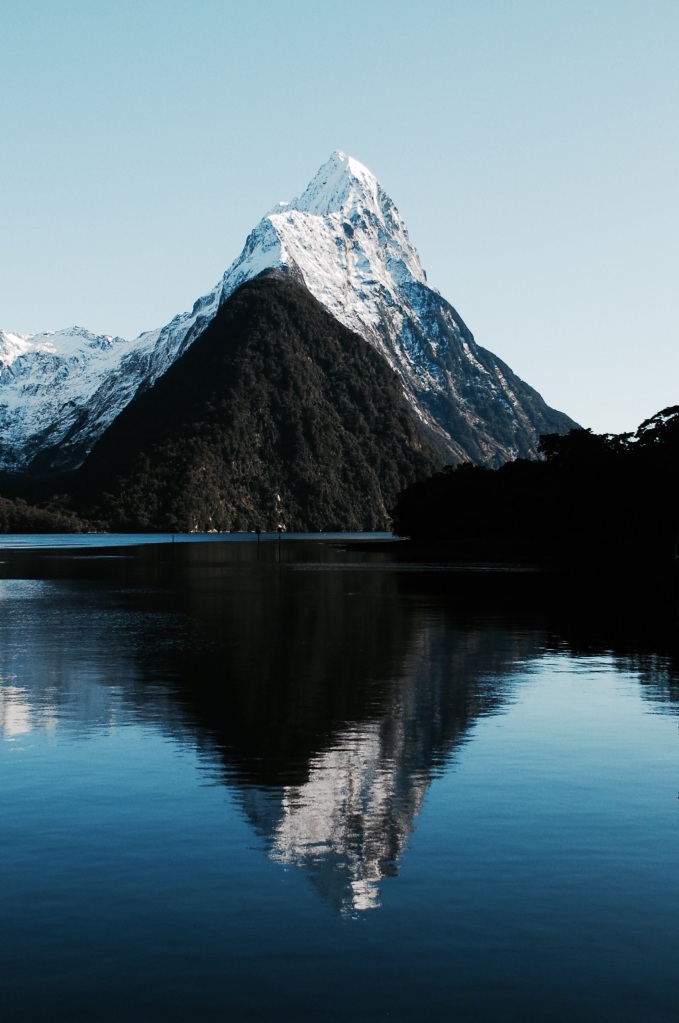

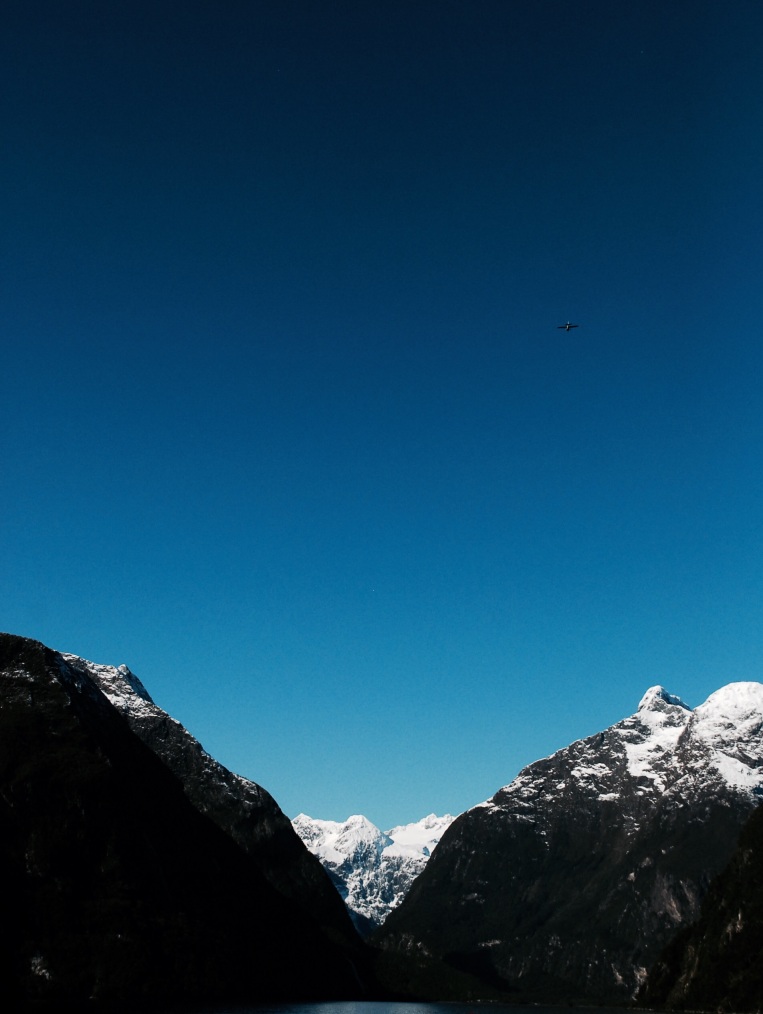
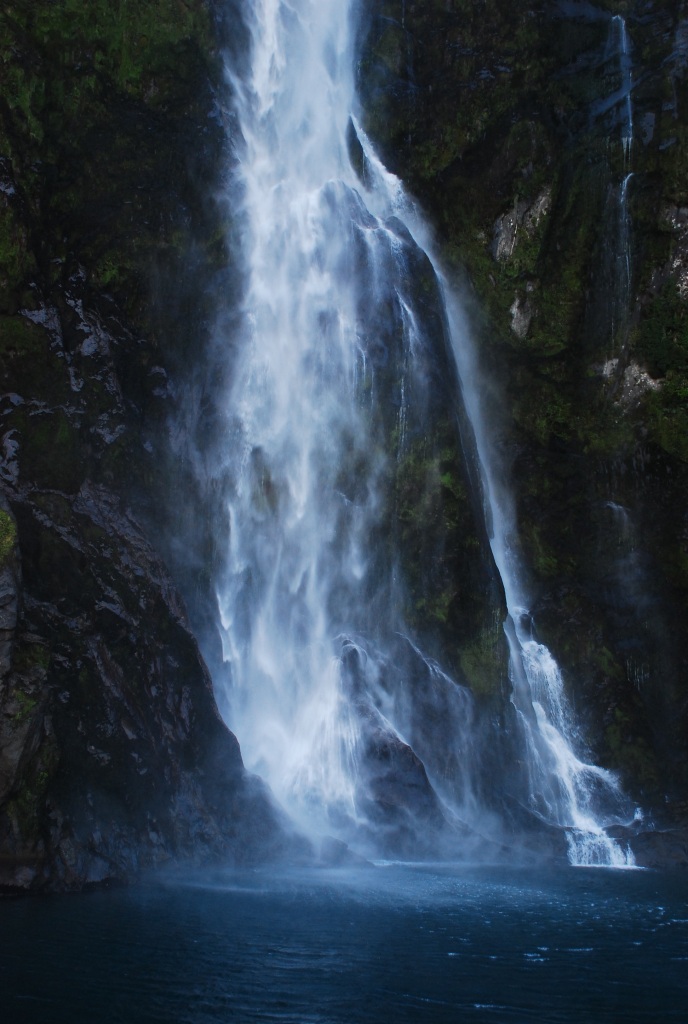

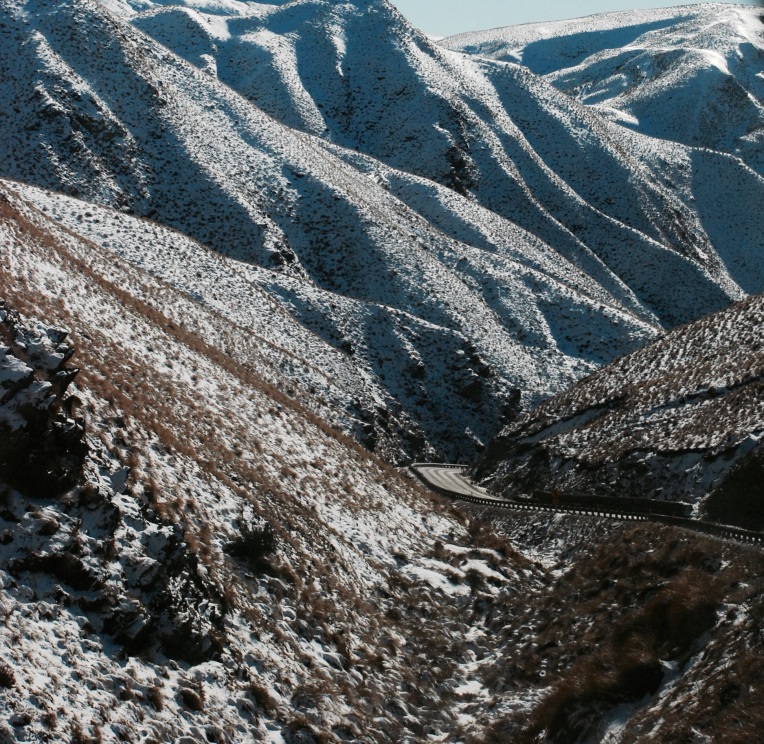


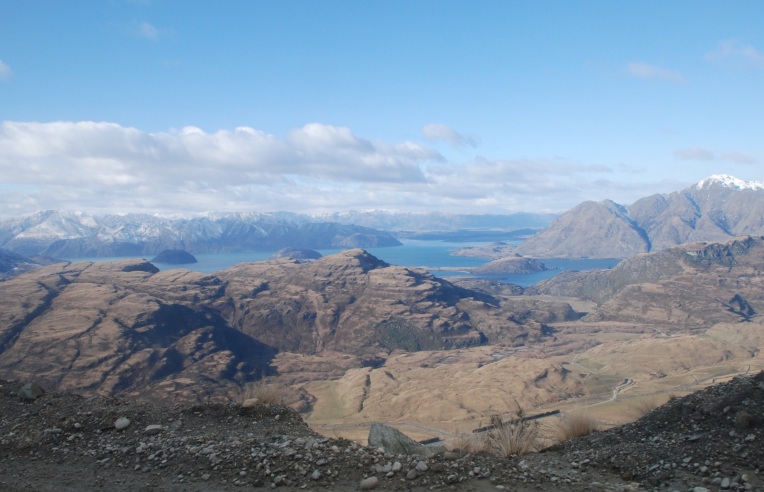
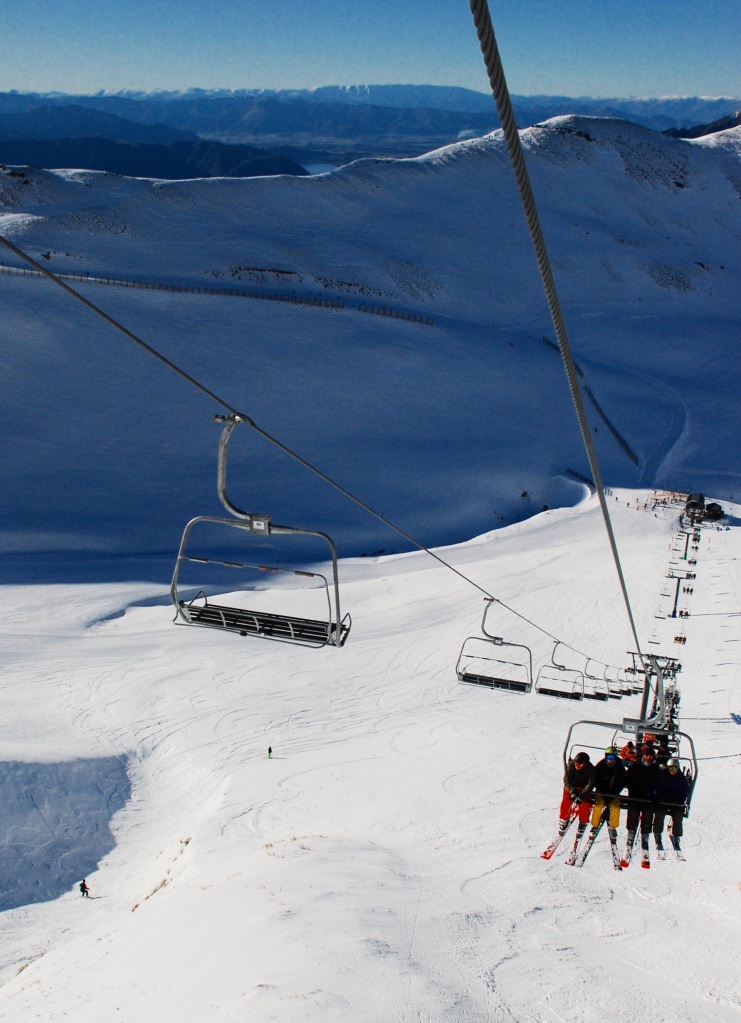
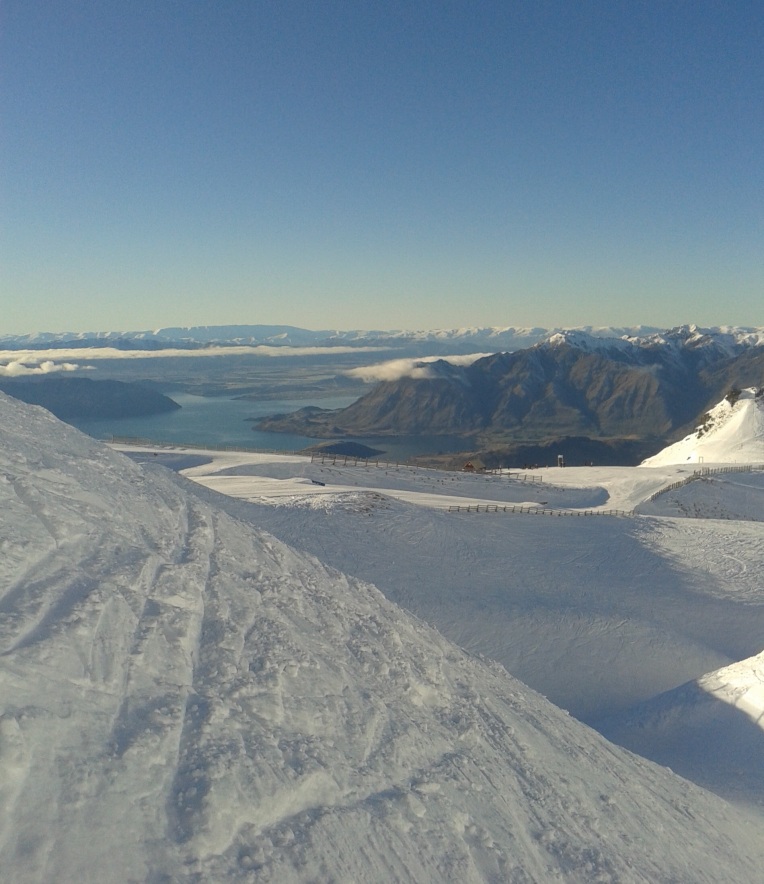
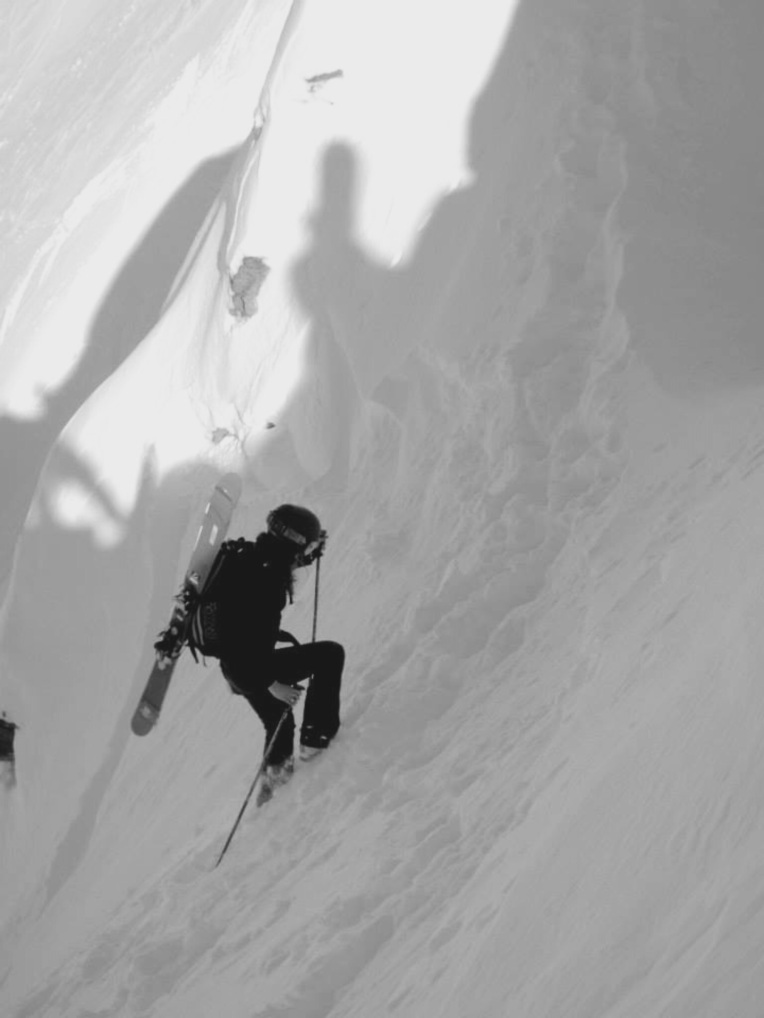
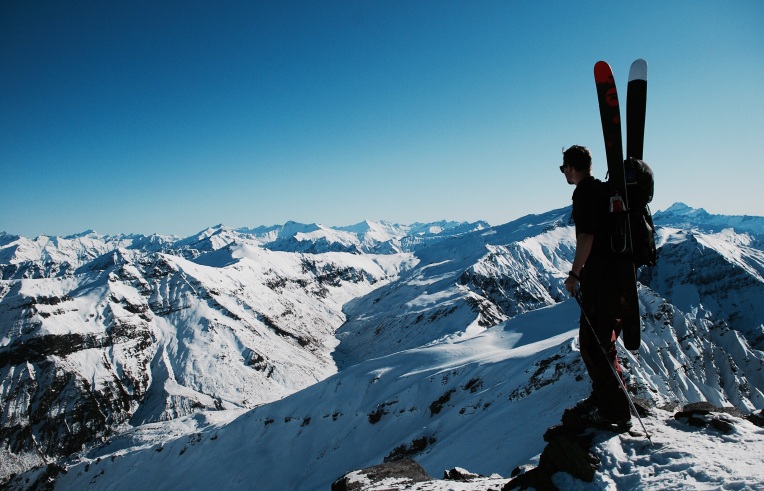
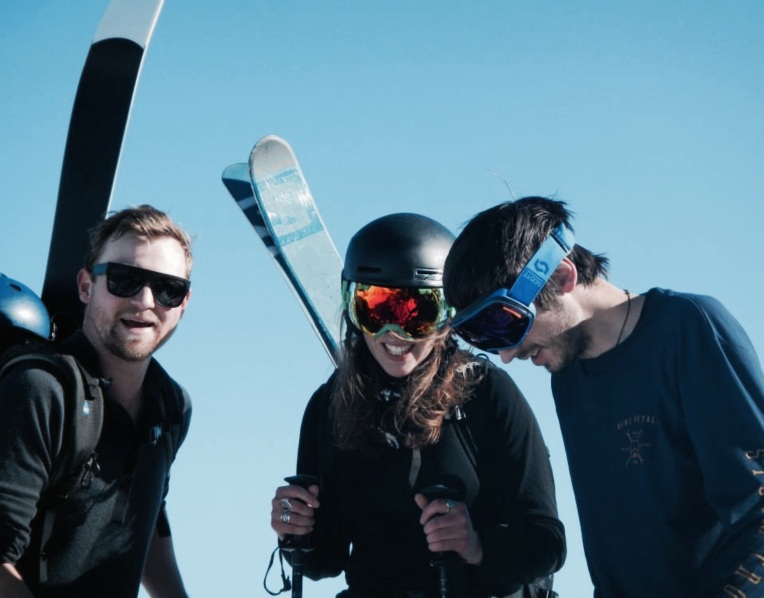
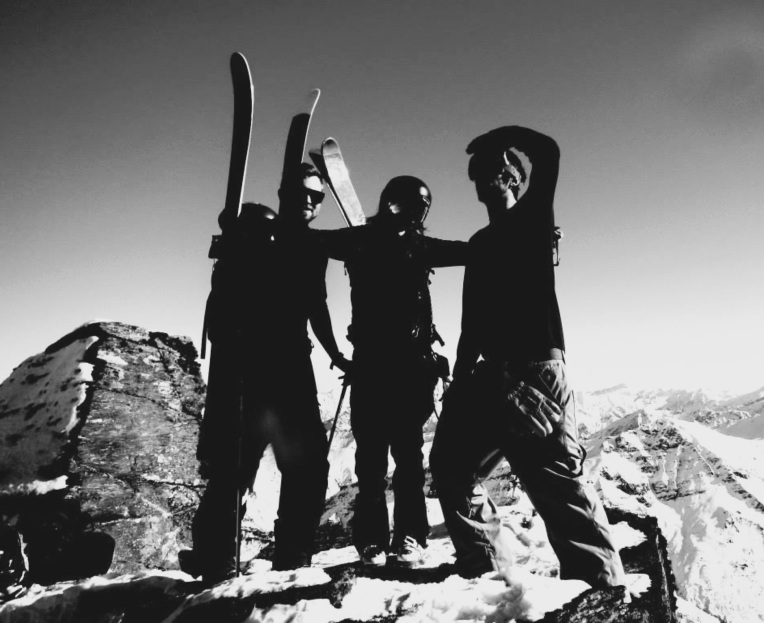
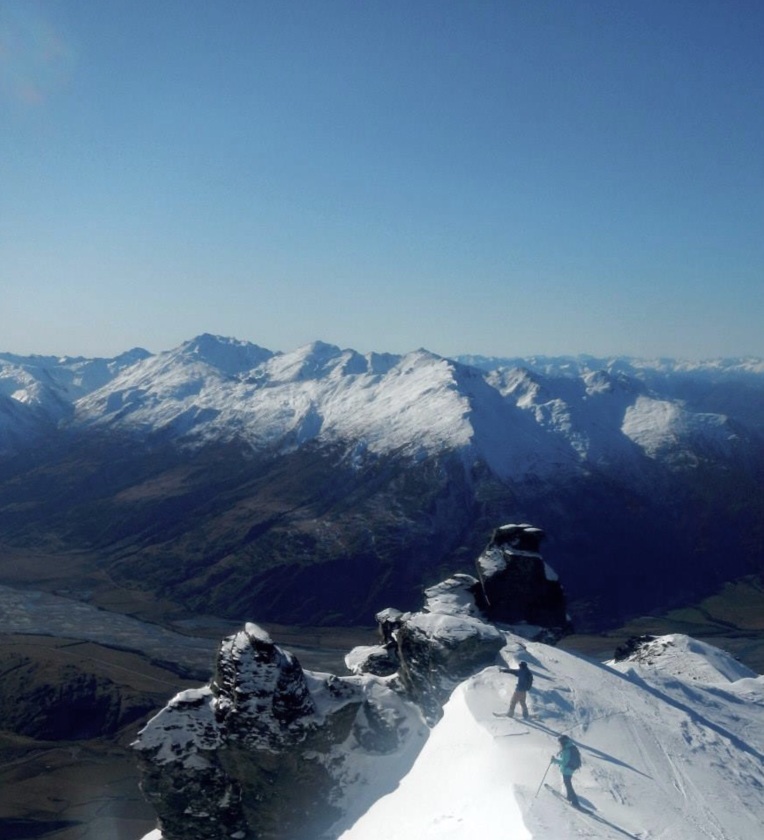
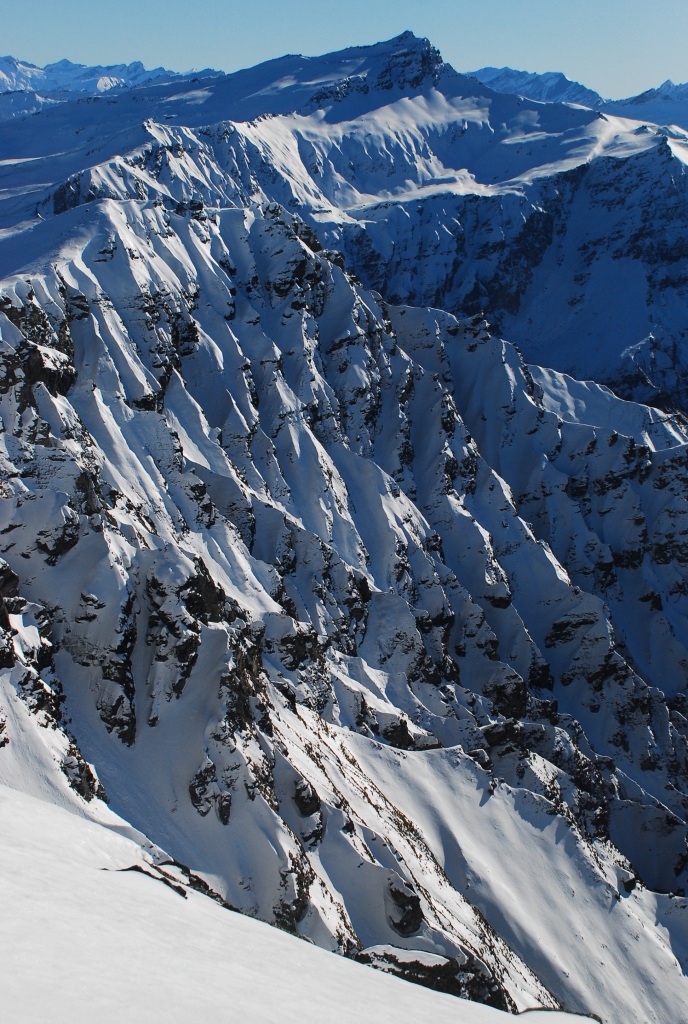





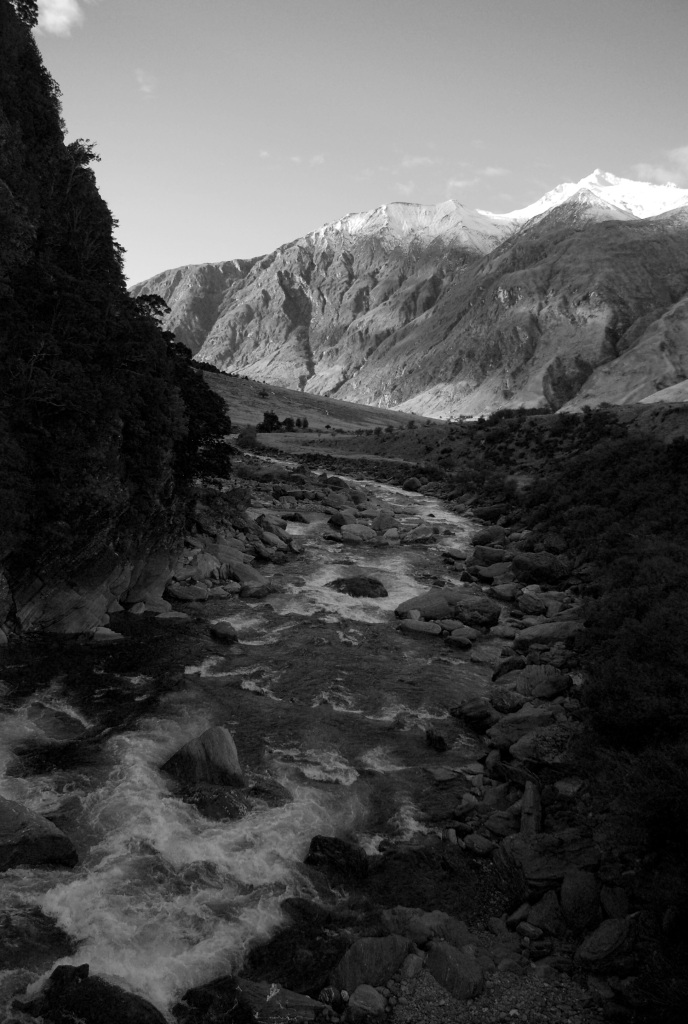
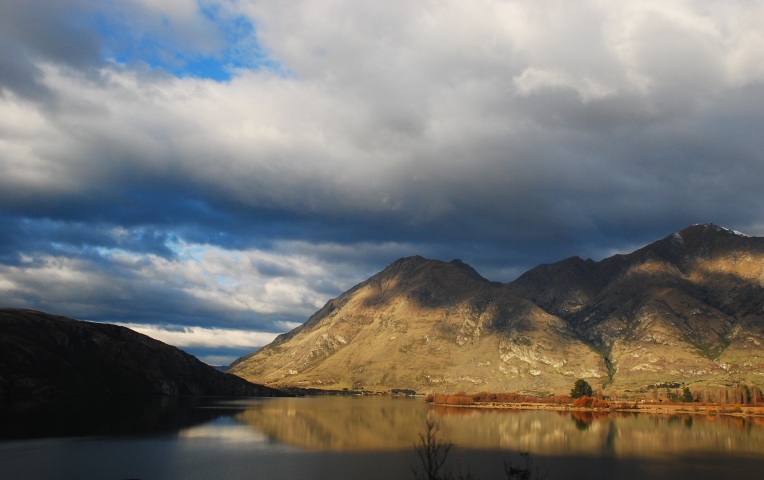
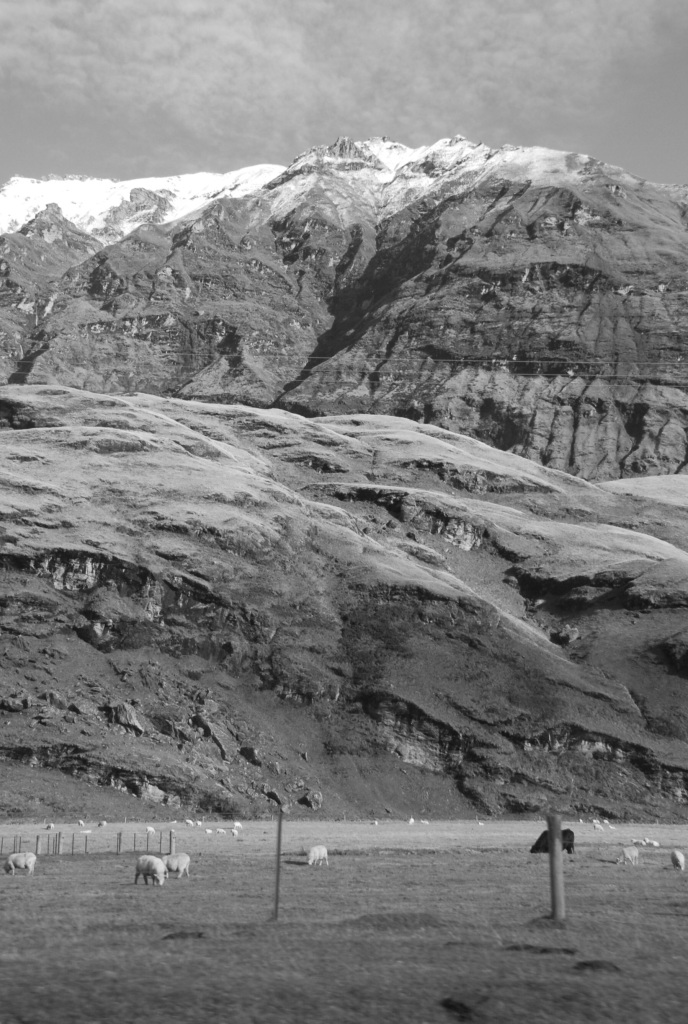


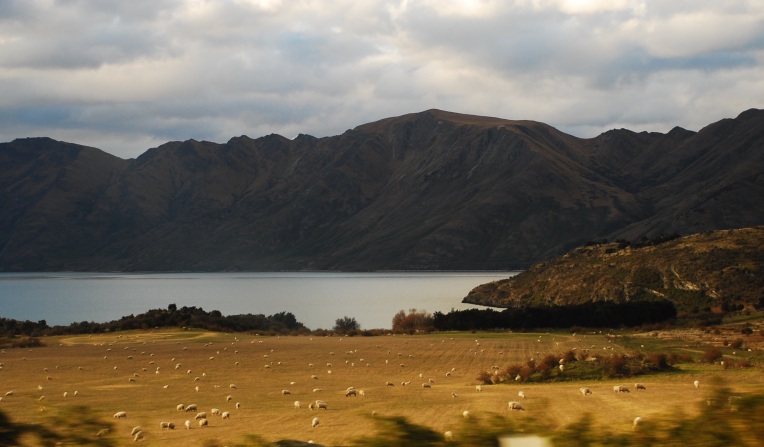

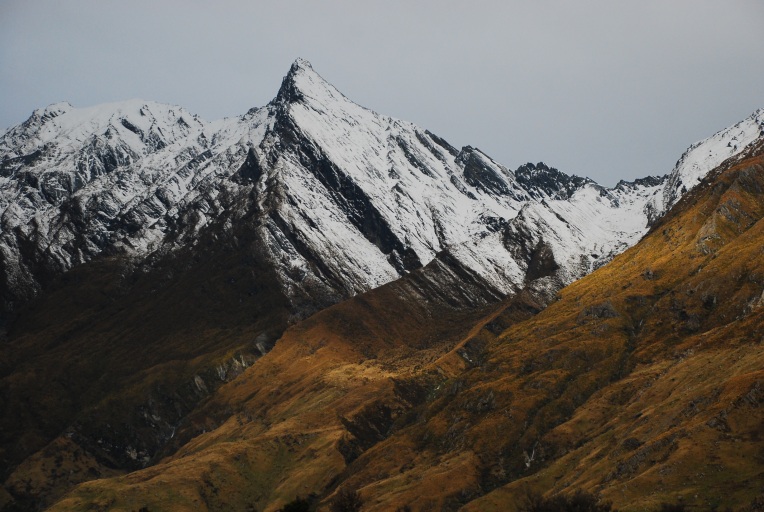
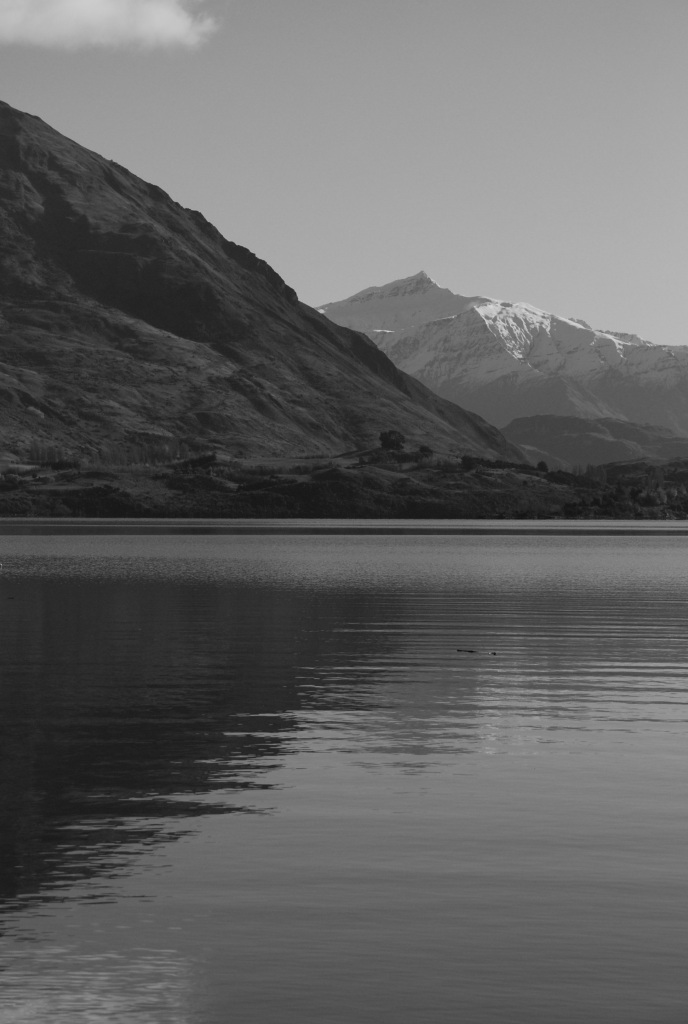
You must be logged in to post a comment.